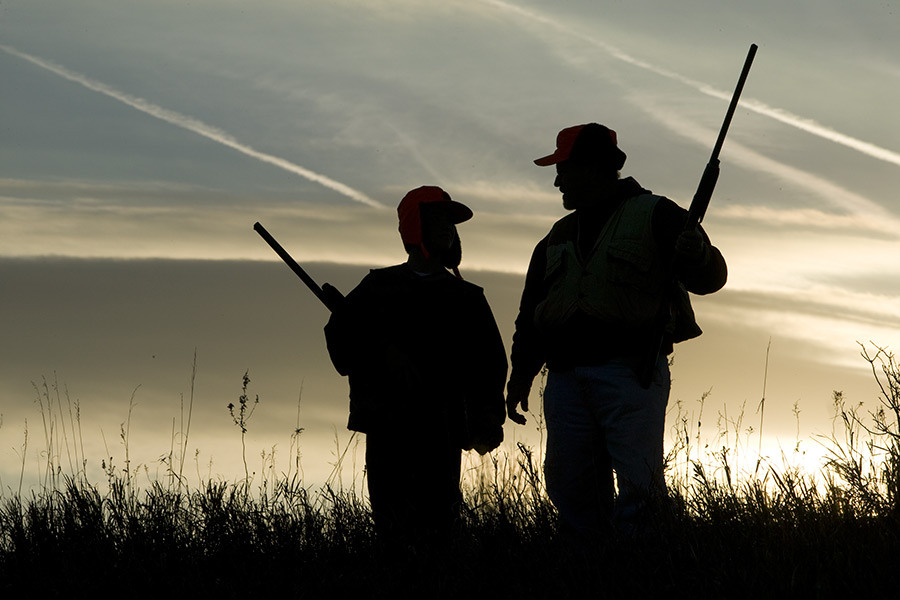Early settlers noticed a unique feature in the Flathead Valley besides the stunning scenery — an abundance of wildlife. Elk, deer, moose — this corner of the state was a cradle for big game; a sportsman’s mecca. Word spread quickly, and hunting and fishing parties began pouring into the region by the early 1890s to take advantage.
Yet the so-called code of the sportsman suffered and many hunters became increasingly concerned about dwindling game populations due to over-hunting. According to historical accounts that reflect the rapacious exploits, two residents in Demersville killed 1,500 deer in three months near the Flathead and Swan rivers for 30 cents per skin.
Hoping to protect big game populations for generations to come, in 1895 the newly formed State Fish and Game Commission established one of its first bedrock laws in the Montana territory. Hunters were limited to eight deer per year, and most game animals and waterfowl could only be hunted during certain months, or seasons.
The age-old tradition remains firmly intact and is inextricably tied to Montana’s identity 120 years later.
This fall, the pursuit is renewed as big game hunting season arrives. Archery season is already well underway as a prelude to the general hunt, when thousands of Montanans venture outdoors in search of deer and elk. Rifle season runs Oct. 24 through Nov. 29. The rifle season for wolf hunting is Sept. 15 through March 15.
A two-day season set aside only for youth hunters 10-17 years old is Oct. 15-16.
This year a new law creating an apprenticeship program also allows youth hunters to go afield with a mentor who completed hunter education and received an apprenticeship certificate from one of the Montana Fish, Wildlife and Parks regional headquarters. Previously, kids could only hunt once they turned 12 and completed a hunter education course.
![]() State Sen. Mark Blasdel, R-Kalispell, spearheaded the bill creating the apprenticeship program as a way to enhance the tradition among families.
State Sen. Mark Blasdel, R-Kalispell, spearheaded the bill creating the apprenticeship program as a way to enhance the tradition among families.
“It’s going to get kids out involved in the sport earlier. It’s going to add involvement with families and give more opportunities to get kids out in the field,” he said.
As of last week, over 700 permits were sold across the state.
According to game managers, the opportunities are ripe this season. FWP is reporting strong fawn recruitment from last winter and significant gains in populations, especially whitetail deer.
“The population of whitetail deer seems to be doing well,” FWP Region One Wildlife Manager Neil Anderson said.
“Elk seem to be doing well where we have them. In general, the last few years we’ve seen pretty good recruitment.”
Yet Mother Nature could present unique challenges to sportsmen this fall and winter. Kalispell had its driest summer on record and wildfire season plagued much of the region. Depending on the amount of precipitation and high temperatures in the coming weeks, the outdoors could be difficult to hunt, Anderson said.
“When it gets really warm, especially right now for archery season, the elk and deer aren’t as active. They bed down, so they can be more difficult to find,” he said.
“If that continues into the general season, it could impact hunters’ ability to get on animals. As it cools down, hopefully these animals will be up moving a little more.”
Hunters could also have a greater challenge harvesting waterfowl populations that are also impacted by dry, warm conditions, he said.
Last year FWP check stations reported fewer hunters than the previous season, but those who did go out were more successful.
“There is concern with dry conditions from the summer months,” Anderson said. “It may be a little more challenging, but the numbers seem like they are doing OK.”
For more information, visit fwp.mt.gov.
